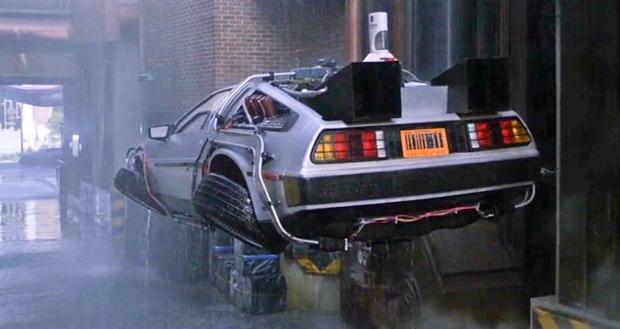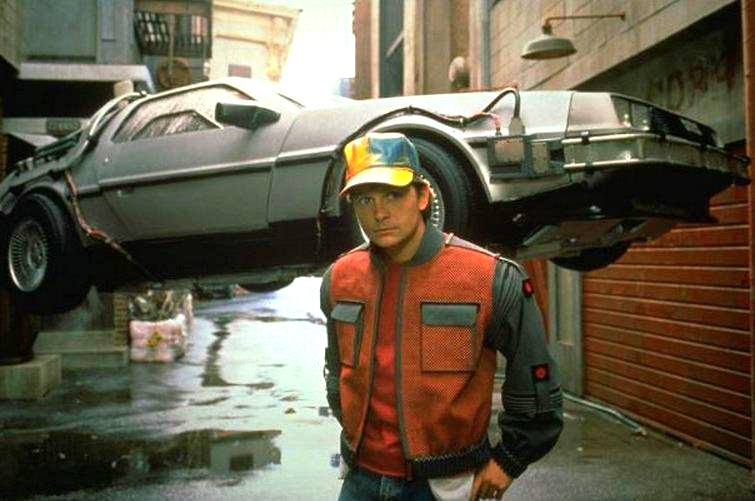Chris Boshoff unpacks how 5G technology has the potential to affect various aspects of everyday life, from streaming to smart homes – sooner than you’d think.
There’s a huge buzz today around the arrival of 5G, the latest advancement in wireless technology that has the potential to revolutionise our digital landscape – and with it our daily lives.
From incredibly fast data transfers to enabling smart homes and cities, 5G is set to be a game-changer. The fifth generation of wireless technology is expected to transform how we connect and interact with the digital world. Just imagine our current internet capabilities, but significantly enhanced – for example, with download speeds up to 100 times faster than 4G – and that’s what 5G is all about.
What the Current Hype is All About
5G technology is revolutionising the way we experience mobile connectivity, bringing a host of benefits to everyday life. Developed to manage the growing demand for data and enhance the efficiency of mobile networks, 5G delivers a range of improvements that make our digital interactions faster and more reliable.
One of the standout features of 5G is its peak speed capabilities. With 5G, downloading movies, streaming videos, and accessing apps and music happens in mere seconds. This increased speed translates to a smoother and more enjoyable user experience, reducing wait times and frustration.
In addition to speed, 5G significantly reduces latency, meaning the delay before a transfer of data begins following an instruction. This low latency ensures that web pages load almost instantaneously and that new applications, such as artificial intelligence (AI), the Internet of Things (IoT), and virtual reality (VR), perform efficiently and seamlessly.
5G also enhances network reliability and availability. With a more stable connection, users can enjoy uninterrupted service even in high-traffic areas or during peak usage times. This improved reliability is beneficial for personal use while also offering substantial advantages for businesses. Companies can leverage 5G to automate processes, engage in advanced web conferencing, and maintain consistent, high-quality connectivity.
The increased network capacity of 5G supports a higher volume of connected devices, making it easier to manage multiple smart devices and IoT applications simultaneously. This capacity is crucial for accommodating the growing number of connected gadgets in homes and workplaces.
Theoretically, 5G offers data transfer speeds of up to 20Gbps for downloads and up to 10Gbps for uploads, with a maximum latency of up to 4ms. Tests conducted in South Africa revealed average download speeds of around 250Mbps, which compares well to a fast fibre experience. Looking at the practical implications of 5G for both individuals and society is fascinating. When will this amazing new future arrive – and how much of it is here already?
With Vox, of course, your 5G offerings are already available.
‘Back to the Future’: Life Imitates Art
So that’s what 5G can already do in the present. Just for fun, let’s look at connectivity, Hollywood-style.
Remember the much-loved Hollywood cult classic, ‘Back to the Future 2’?
This movie, starring Michael J Fox as street-smart teenager Marty McFly and Christopher Lloyd as the ‘mad genius’ scientist Doc Brown, was filmed in 1989 (35 years ago). It predicted quite a lot of the technology that we know and love today.
Predicted in the movie and reality today:
- Flat screen TVs
- Video calls
- Using biometrics to pay for items
- Targeted personalised advertising
- Nike self-lacing shoes
- Smart watches
Predicted but not quite yet:
- Hover boards: But prototypes are in progress…
- Flying cars: Again, a flying car prototype is being worked on, and self-driving cars are an actuality, at least in a section of San Francisco in the US.
- Drones as newspaper reporters and dog walkers: Drones today are becoming part of everyday life and new uses for them such as package deliveryare being constantly innovated.
The point is that a movie which is still regularly streamed today has accurately predicted some of today’s technology like smartwatches, video calling, flat screen TVs, biometric security scanners and digital currencies.
And in all these instances, super-fast data connections, and significant data capacity, lie at the heart of the applications.
Moving Into the Future – With 5G
However, we could also think: “Well, never mind ‘Back to the Future’, this is all ‘Back to the Present’ – so where’s the real future?”
This is where discussing 5G brings us today’s ‘Into the Future’!
- Enhanced mobile connectivity: Waiting for videos to buffer, or large files to download, will truly come to an end. Additionally, the quality of our communications is set to improve dramatically, so that video calls will feature crystal-clear images and seamless audio.
- Business and manufacturing: Remote work could become smoother and more productive with high-quality video conferencing and faster file transfers. In manufacturing, 5G could power the next phase of industrial automation. The high bandwidth and low latency of 5G could enable more sophisticated robotics and real-time monitoring of production lines, potentially increasing efficiency and reducing downtime.
- Internet of Things (IoT) revolution: 5G is set to be the IoT backbone, bringing us closer to the reality of truly smart homes and cities. Imagine a refrigerator that automatically orders groceries when supplies run low, or a heating system that learns your preferences and adjusts accordingly. On a larger scale, 5G will enable smarter, more efficient cities. Traffic management systems could adapt in real-time to reduce congestion, and energy usage could be optimised with intelligent streetlights. Already, in Los Angeles, more than 3,000 of the city’s street lights are providing extended cellular and data connectivity to LA residents with 4G and 5G service, and much of the equipment is embedded in the poles.
- Automotive industry: 5G will play a crucial role in the development of connected and autonomous vehicles. Cars will be able to communicate with each other and with infrastructure, potentially reducing accidents and improving traffic flow.
- Healthcare transformation: Wearable devices could transmit real-time health data to healthcare providers as a general reality for everyone, allowing for more personalised care. IoT capabilities can continue to facilitate the reality of drones delivering packages for medical and blood supplies, as well as vaccines, in remote areas – this area has huge potential to, if you’ll pardon the pun, really take off.
- Education and remote learning: The use of mixed reality in education and training can promote deeper understanding. With the use of headsets, visors and sensors, teachers can explain complex concepts to students in a sensory-rich environment.
- Entertainment and media: Streaming services will be able to offer higher quality content with less buffering. 4K and even 8K video streaming could become common, providing viewers with an unprecedented level of detail and immersion. Cloud gaming services could allow users to play graphically intensive games on mobile devices. The low latency of 5G could also improve multiplayer gaming experiences.
As outlined previously, LTE customers today who already have high data usage of over 500GB per month are ideal users to adopt 5G technology. Not only does 5G offer better speeds and deliver more data throughput, it also creates a much better user experience for high demand use, as indicated above.
Even if LTE customers are gaming fanatics, but don’t use a lot of data, 5G will benefit them since it provides the improved latency that they require.
Technology has already had a massive impact on the way we work, play and live. However, with the introduction of 5G, we’re at the beginning of a new technological revolution.
It’s not only about having access to faster internet; it’s about creating a more connected and responsive world. As for flying cars… that’s still up in the air.
















